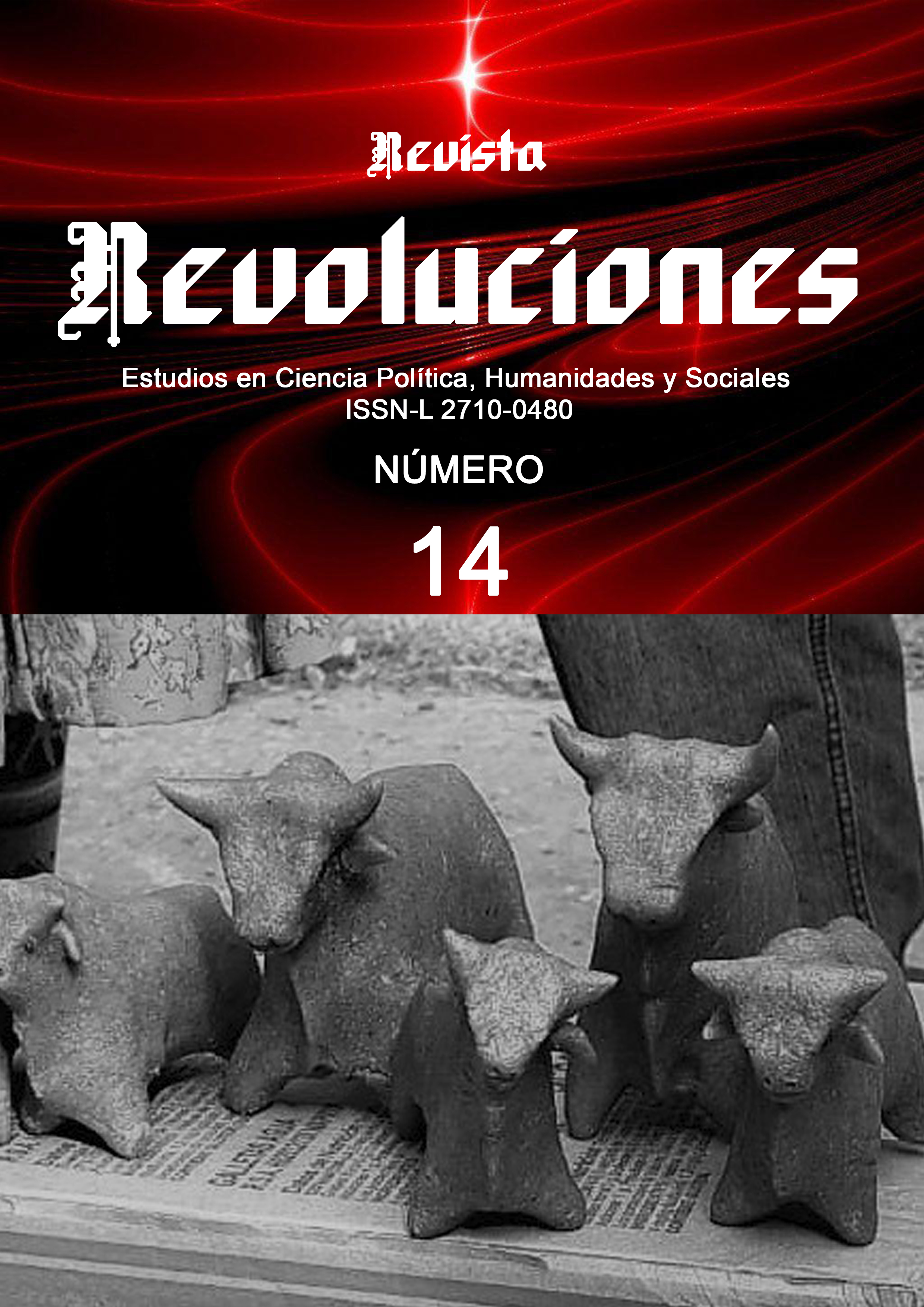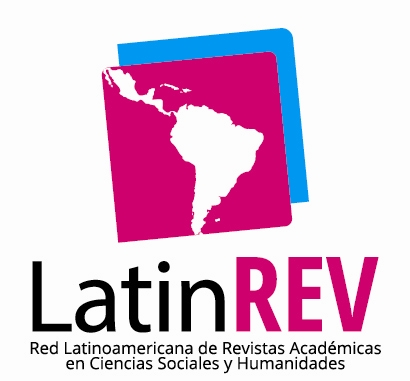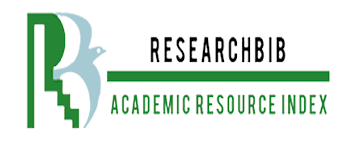Memorias del proyecto “Recuperando la agrobiodiversidad de la costa para mejorar la producción y alimentación campesina”, Heifer – Visión Integral
Reports of the project “Recovering the agrobiodiversity of the coast to improve peasant production and nutrition”, Heifer – Vision Integral
DOI:
https://doi.org/10.35622/j.rr.2023.014.003Palabras clave:
capacitación rural, desarrollo comunitario, fincas, fortalecimiento organizacional, pase de cadenaResumen
En Ecuador existen organizaciones campesinas dedicadas a actividades de producción agropecuaria, cuyo trabajo a lo largo de los años las han convertido en verdaderos referentes en asociatividad y cooperativismo comunitario rural, una de las organizaciones presentes en la costa ecuatoriana es la Asociación de Pequeños productores Agropecuarios Visión Integral (APAVI). El proyecto paraguas estuvo bajo la responsabilidad de la Fundación Heifer Ecuador y la ejecución estuvo a cargo de las 5 organizaciones localizadas es tres provincias de la Costa, la misma inicia su trabajo en Ecuador desde 1954. Los proyectos de desarrollo comunitario propuestos por ONGs como Heifer originan que los agricultores se encaminen a un mejor manejo de suelo mediante prácticas culturales básicas pero muy importantes como evitar la quema e incentivando la rotación de cultivo con lo que se puede conseguir mejoras en las condiciones de producción, generando ingresos a través de la comercialización de productos sanos, permiten rescatar tradiciones ancestrales realizando intercambio de productos. La participación de mujeres y jóvenes a las actividades agrícolas se incrementan gracias a la ejecución de este tipo de proyectos ya que se involucran en la producción pecuaria, se puede indicar que la concientización sobre la conservación del agua debe partir desde los más jóvenes, involucrando no solo a los campesinos y agricultores en el campo, sino desde las mismas unidades educativas que permitan crear conciencia as temprana edad para cuidar la naturaleza y las fuentes de agua.
Referencias
Alonso, C. P. (2015). Las ONG de cooperación al desarrollo: El gap entre la imagen percibida y la imagen deseada. Opción, 31(1), 1080-1102.
Bertolini, G. (2012). Generacion de emprendimientos productivos. Asociativismo y cooperativismo. https://doi.org/958-9328-40-7
Camacho Gutiérrez, J. (2012). Desarrollo comunitario. Eunomía: Revista en Cultura de la Legalidad, 3, 206-212.
Castiñeira, A. R., & Karageuzián, G. (2020). Agroecología y disputas sobre el desarrollo rural en Uruguay. Mundo Agrario, 21(47). https://www.redalyc.org/journal/845/84563515009/
Hours, B. (2006). Las ONG: Ciencia, desarrollo y solidaridad. Cuadernos de Antropología Social, 23, 117-142.
Iraola, J., Muñoz, E., & Torres, V. (2007). Alternativas para mejorar la producción diversificada de alimento en armonía con el ambiente en fincas pequeñas. Revista Cubana de Ciencia Agrícola, 41(1), 19-26.
Landini, F., & Villafuerte-Almeida, I. (2022). Capacitación de extensionistas rurales en América Latina: Prácticas, problemas y propuestas. Revista Electrónica Educare, 26(2), 309-328.
Liberti, S. (2007). Actores indispensables: Las ONG y la cooperación para el desarrollo. Desafíos, 16, 255-277.
Mujeres, O. N. U. (2016). El Progreso De Las Mujeres En El Mundo 2015-2016. Transformar Las Economías Para Realizar Los Derechos. Resumen. Revista Estudos Feministas, 24(2), 589-614.
Paredes-Rodríguez, B. F., Chiriboga-Mendoza, F. R., & Zambrano-Pilay, E. C. (2022). Turismo Rural Y Desarrollo Productivo. Revista Científica Multidisciplinaria Arbitrada YACHASUN, 6(10), 2-7.
Sanabria Neira, N. C., Salgado Beltrán, L., Sanabria Neira, N. C., & Salgado Beltrán, L. (2023). Aproximación al Concepto de Asociatividad Agropecuaria Como Desarrollo Rural. Vértice universitario, 25(94). https://doi.org/10.36792/rvu.v25i94.68
Secretaría de Desarrollo Urbano y Medio Ambiente (SEDUMA). (2016). Programa Estatal de Cambio Climático Tamaulipas 2015-2030. Periódico Oficial del Estado de Tamaulipas. Recuperado de http://po.tamaulipas.gob.mx/wp-content/uploads/2016/09/cxli-111-150916F-ANEXO.pdf
Thorne, B., Chong, C., Salazar, M., & Carlos, J. (2015). Modelo de gestión empresarial asociativo para PROACHIRKO , comunidad de Huanangui , Perú.
Descargas
Publicado
Número
Sección
Licencia
Derechos de autor 2024 Ferdinand Cruz, Cinthya Cruz, Verónica Cruz (Autor/a)

Esta obra está bajo una licencia internacional Creative Commons Atribución 4.0.




















